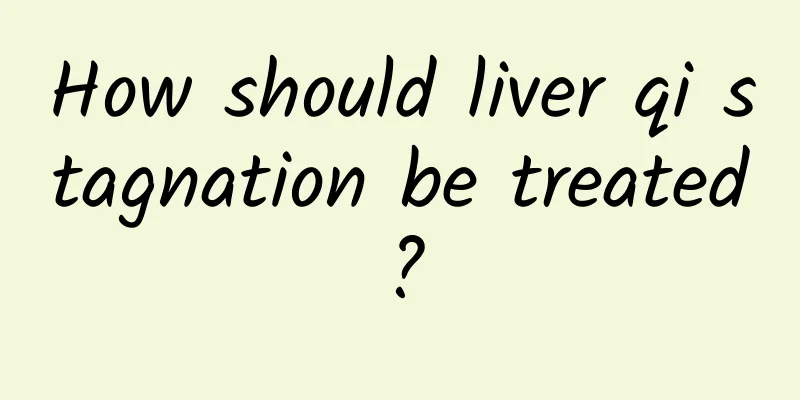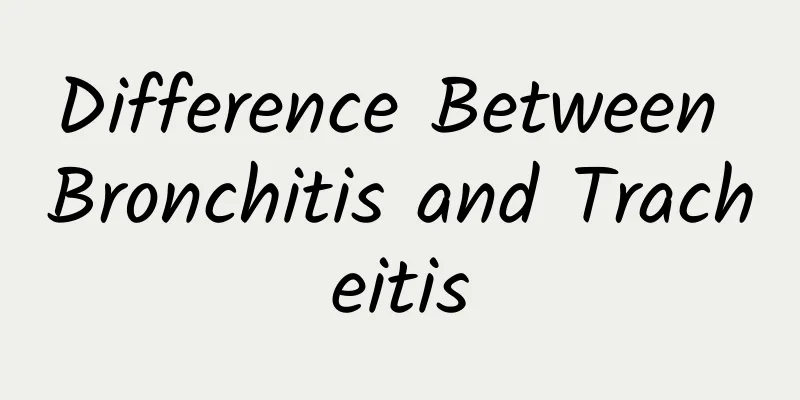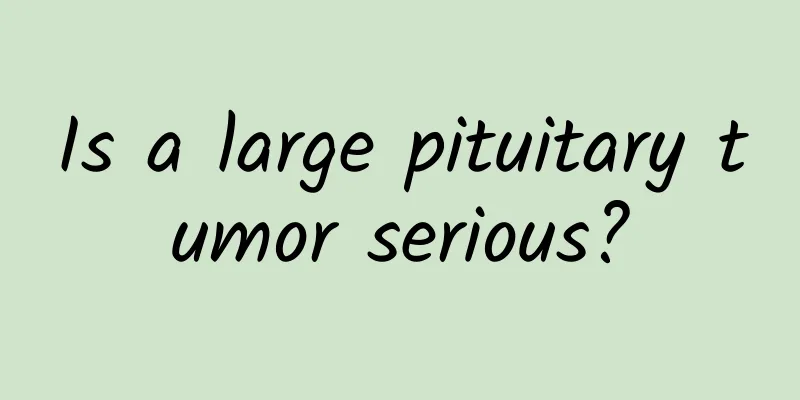What are the diagnosis and treatment methods for nasal polyps?

|
Patients with nasal polyps often do not understand what their condition is, which causes them to mess up their condition accidentally, and sometimes even worsen their condition. This is mainly due to a lack of understanding of the disease. Therefore, as patients, we must learn more about the pathology and causes of the disease so that we can better care for and prevent the disease and restore our health as soon as possible. Whether you have nasal polyps or not, there's no harm in learning more about how to diagnose and treat them. Once you have them or someone you know has them, you'll be better prepared to deal with this annoying condition. Clinical symptoms of nasal polyps (1) Progressive and persistent nasal congestion, usually bilateral. (2) Sticky or purulent nasal discharge: mostly caused by obstructive inflammation of the nasal cavity and sinuses. (3) Some people may experience a decrease or loss of sense of smell: this is mainly caused by polyps, obstructive inflammation, and chronic inflammation of the olfactory mucosa. (4) Headache: Pain in the forehead, between the eyebrows, and behind the head of the head is caused by involvement of the sinuses. (5) Ear symptoms and others: If nasal polyps block the pharyngeal opening of the Eustachian tube backward, tinnitus and hearing loss may occur. Some patients also experience dizziness, memory loss, and lack of concentration. What tests are needed for nasal polyps (1) Changes in nasal appearance: When nasal polyps are too numerous and too large, the bridge of the nose may widen and the sides of the nose may bulge, giving it a "frog nose" appearance. (2) Anterior rhinoscopy: A translucent, lychee-shaped mass is seen in the nasal cavity. The surface of the mass appears smooth and grayish white. It is soft to the touch, not painful, can be moved and does not bleed easily. If there is blood on the surface, or if it bleeds when touched, it is called a hemorrhagic polyp. (3) Retronasal endoscopy and nasal endoscopy: can clarify the location, range and relationship of polyps to surrounding structures. (4) Coronal CT of sinuses: To understand the condition of the nasal cavity and sinuses and provide a basis for surgery. Nasal polyps are generally bilateral. If they occur unilaterally, they need to be differentiated from nasal malignant tumors, inverted papilloma, meningoencephalocele, nasopharyngeal angiofibroma, etc. What are the diagnostic criteria for nasal polyps? The diagnosis can be made by progressive nasal congestion, decreased sense of smell, and the presence of translucent new growths in the nasal cavity that appear smooth during examination. How to treat nasal polyps (1) For patients with small polyps and a small lesion area who are newly diagnosed, drug treatment can be considered first. Systemic administration of adrenocortical hormones (oral, intramuscular, or intravenous) and topical nasal sprays or nasal drops can eliminate small polyps. If the polyp is large and widespread, consider surgical removal. (2) For patients with nasal polyps and sinusitis, polypectomy and sinusoplasty should be considered. (3) Patients with recurrent nasal polyps and sinusitis should undergo surgical treatment and postoperative local nasal steroid spray to control the recurrence of polyps. At present, with the widespread application of nasal endoscopic technology in clinical practice and the continuous improvement of surgical skills, the one-time cure rate of nasal polyps has increased to more than 90%. The incision has the advantages of less trauma, clear field of vision, and thorough removal of diseased tissue. How to determine the treatment standards for nasal polyps (1) Cure: Nasal polyps are removed, wounds heal, and symptoms disappear. (2) Easy to install: removal of nasal polyps. The wound surface partially healed and the symptoms partially disappeared. (3) Not healed: Nasal polyps are not completely removed or recur, and the wound surface does not heal. Symptoms did not improve or even worsened. Through the detailed introduction of this article, we have learned about the diagnosis and treatment methods of nasal polyps. As long as we master these two, we can better detect and control the disease. In addition, while taking medication, we can also use some dietary therapy methods to assist in the treatment, so that the effect will be more obvious and promote early recovery. |
<<: Is there a connection between nosebleed and cerebral hemorrhage?
>>: Understand what are the complications of gout
Recommend
How to make the sauce for roasted bean curd
Bean curd skin is a food made from tofu. Compared...
Moxibustion on the face, a magical tool to make your skin return to the age of 18
Moxibustion, as the most traditional Chinese medi...
Beware of these symptoms of severe depression!
If you suffer from severe depression, you will ha...
What is reflux gastritis?
The so-called reflux gastritis is the damage to t...
What to do if you are too excited to sleep
If you are too excited to fall asleep, you need t...
Causes of nodular gastritis
Nodular gastritis is a superficial gastritis. You...
What foods are good for chronic gastritis
At present, gastritis is a relatively common dise...
The most effective Chinese herbal medicine for itching
Skin itching is quite common in our daily life. I...
Complete Collection of Chinese Patent Medicines for Nourishing Kidney and Strengthening Yang
No matter what kind of aphrodisiac it is, it will...
What causes pharyngitis?
Many diseases may cause new diseases as the virus...
How does Traditional Chinese Medicine treat diarrhea in infants and young children?
Diarrhea in children is a relatively common disea...
What fruits to eat when you have a cold
Cold is a very common disease, which is very harm...
What is ichthyosis?
Ichthyosis is usually a chromosomal problem and h...
How to deal with a sprained ankle, emergency treatment methods for sprains
If people are not well prepared when exercising o...
Treatment methods for heart disease, first aid measures to ensure safety
More and more people are suffering from heart dis...









